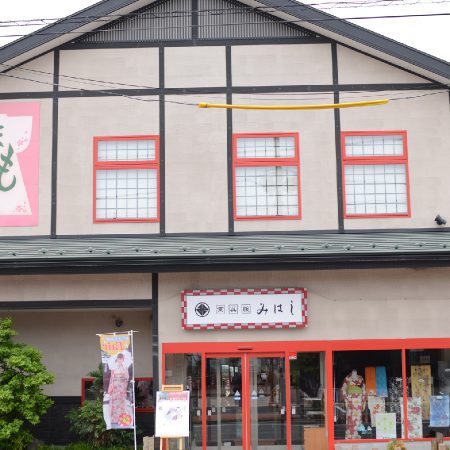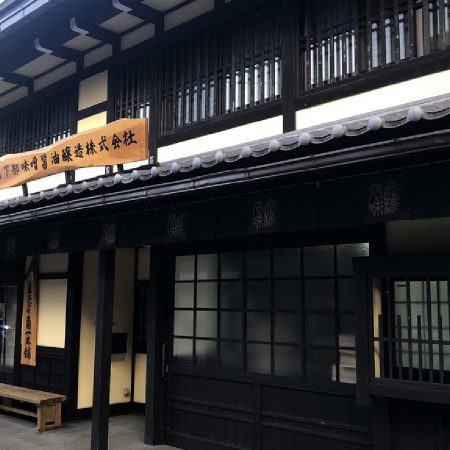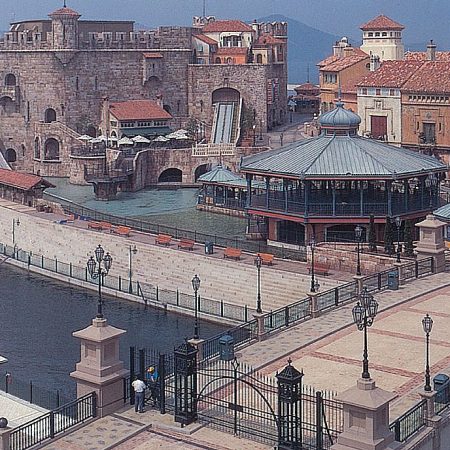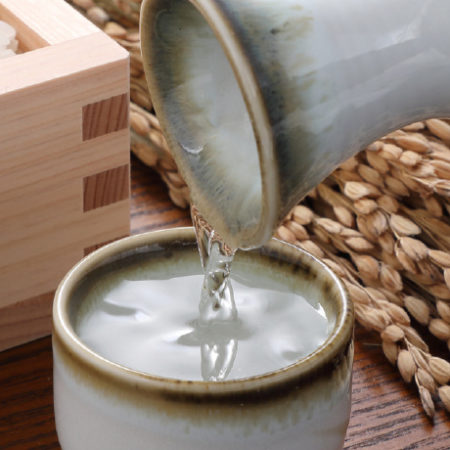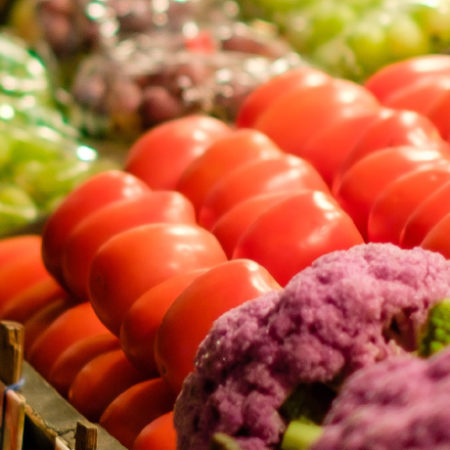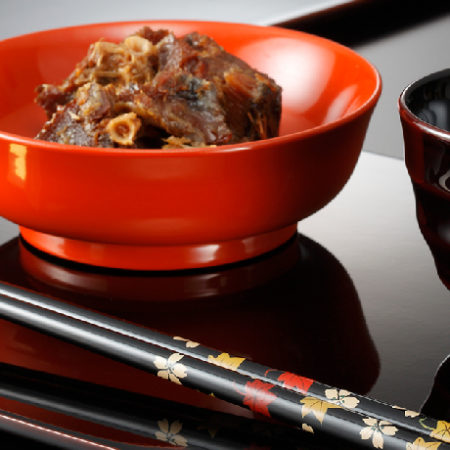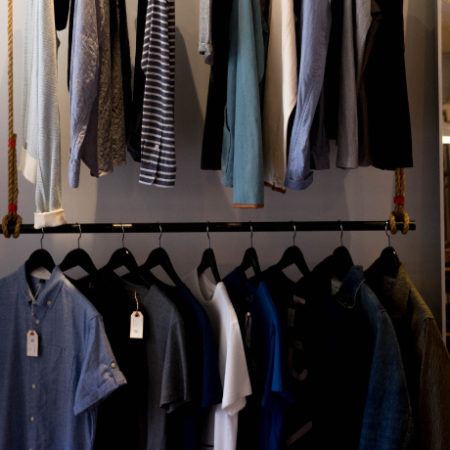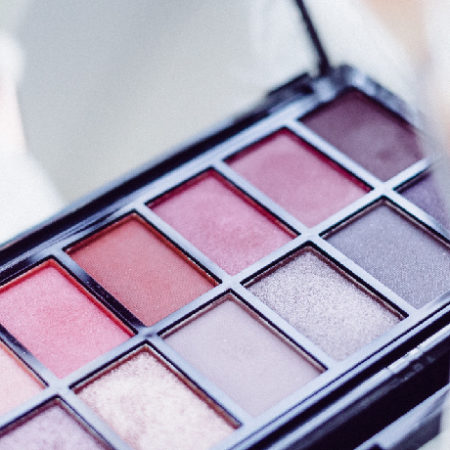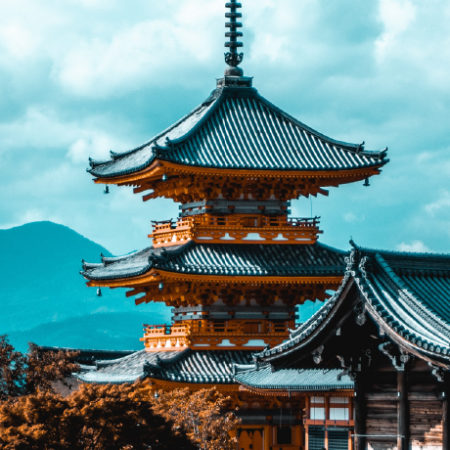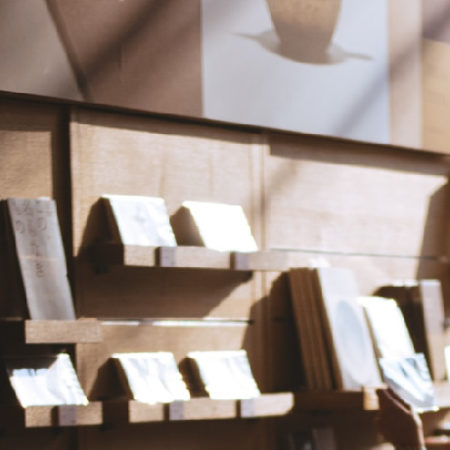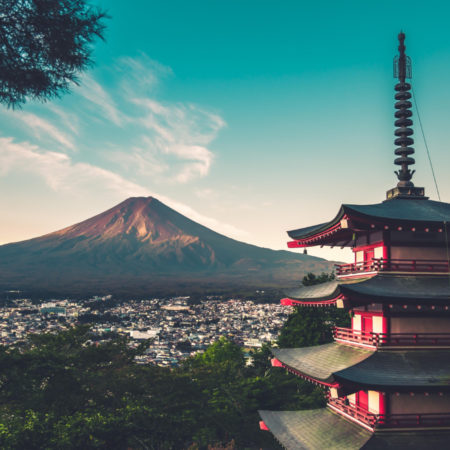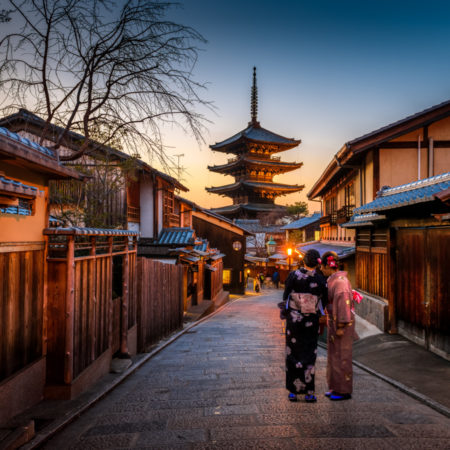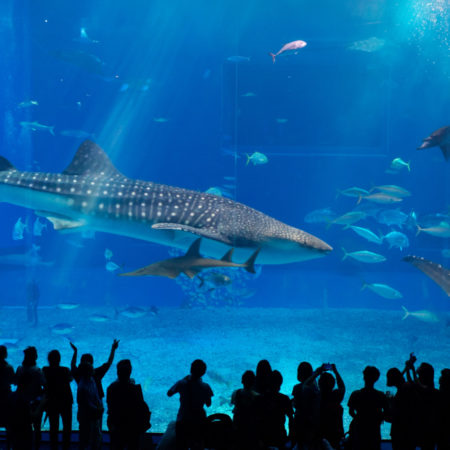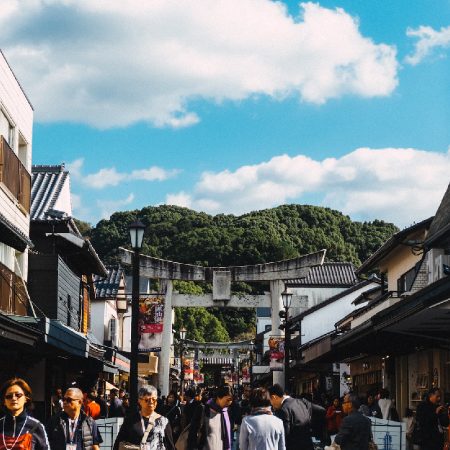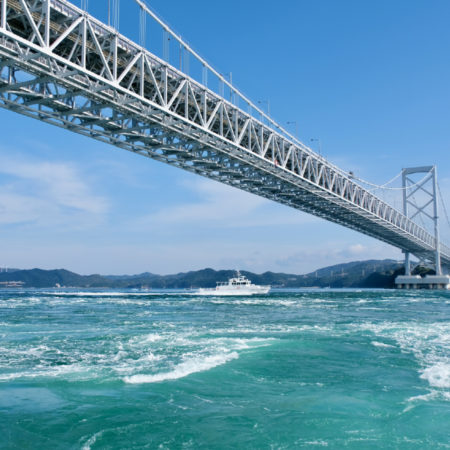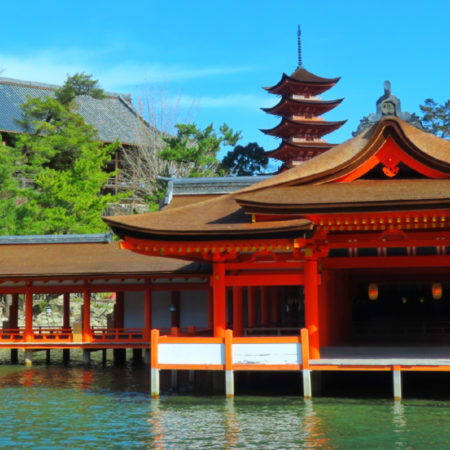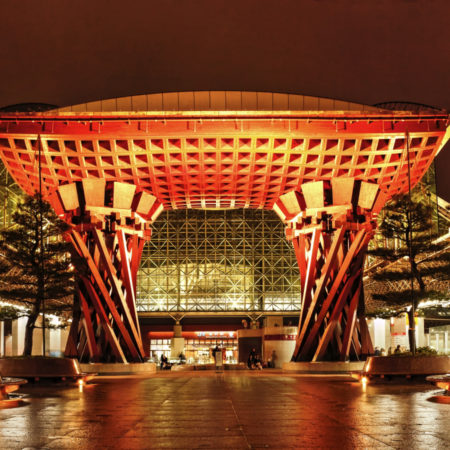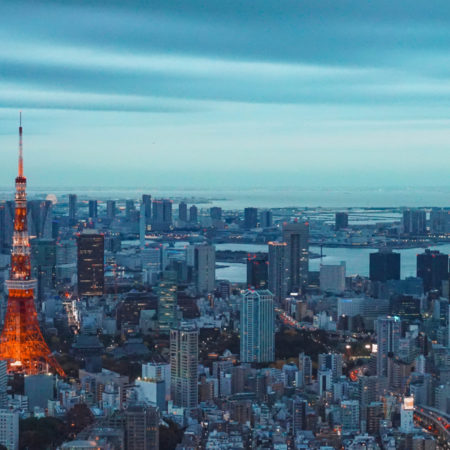Nagano prefecture:Nagano Prefecture surrounded by mountains
Nagano Prefecture is located in central Japan and is an inland prefecture not facing the sea, surrounded by mountains with the Japan Alps to the west and the Southern Alps to the east. Although the overall climate is cold due to its high elevation, the entire prefecture enjoys the autumn colors of the leaves in fall, which can be enjoyed only in mountainous areas.
Niigata prefecture:Niigata Prefecture with clear streams and large plains
Niigata Prefecture is located in the central northeastern part of Japan, with an elongated area stretching from northeast to southwest. It is surrounded by high mountains including the Echigo Mountains in the south, and the Echigo Plain, the largest plain along the Sea of Japan coast, stretches along the Shinano River and Agano River basins flowing from the Echigo Mountains.
Fukui prefecture:Fukui Prefecture is rich in nature, surrounded by the sea and mountains.
Fukui Prefecture is located in northwestern central Japan and is known on maps as a prefecture shaped like a key or an elephant. The prefecture is divided into the Reinan region to the south and the Reihoku region to the north. In the Reihoku region, there is the Echizen coast, known for Tojinbo, and in the Reinan region, there is Wakasa Bay, which is a rias coast, making the prefecture rich in nature surrounded by mountains and the sea.
Ishikawa prefecture:Ishikawa Prefecture, rich in nature with the Noto Peninsula and Mt.
Ishikawa Prefecture is located in the northwest central part of Japan, with the Noto Peninsula jutting out into the Sea of Japan to the north and a mountain range to the south with Hakusan as its highest peak. The Noto region in the north and the Kaga region in the south have contrasting characteristics: the Noto region has a rocky coastline eroded by waves, while the Kaga region has sandy beaches. Senrihama Beach is particularly famous as a beach that can be driven on.
Toyama prefecture:Tateyama and Toyama Bay, the pride of the people of the prefecture
Toyama Prefecture is located in the north-central part of Japan, facing Toyama Bay in the north and the Tateyama mountain range with 3000-meter-high peaks in the south, and is surrounded by both sea and mountains. Although the high altitude of Tateyama is snowbound in winter, it is a popular tourist destination for both domestic and international visitors who enjoy walking the Alpine Route between high snow walls in spring and mountain climbing in summer.
